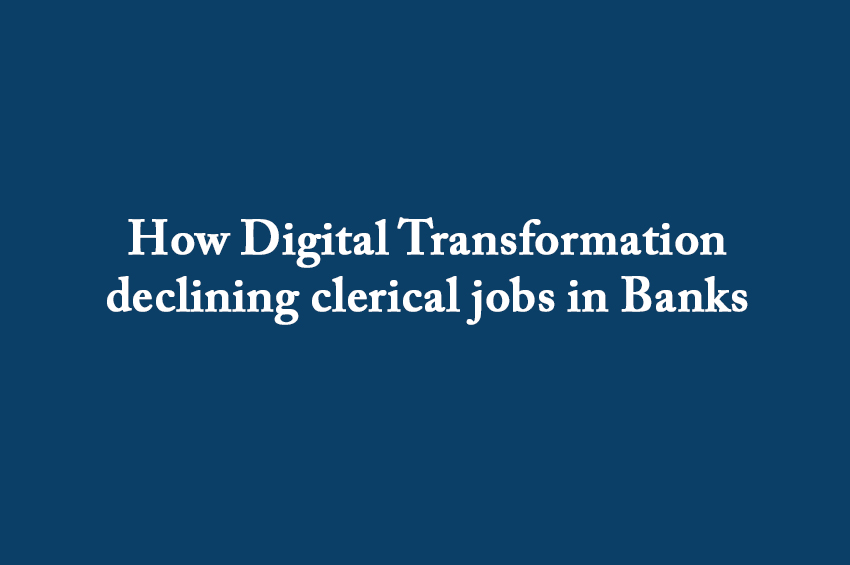Anand P Mishra
Mumbai. The financial sector is experiencing a profound transformation, driven by advances in digital technology. As automation takes over routine clerical tasks, the landscape of banking jobs is shifting dramatically. Since the dawn of the digital age, automation has steadily replaced traditional clerical roles, leading to a notable decline in mid-level and lower-level positions within banks. The ratio of officers to assistant employees in banks has shifted significantly over the years. In FY 2011, this ratio was 50:50, but by FY 2023, it had changed to 74:26. This shift reflects a broader trend where artificial intelligence (AI) and automation are reshaping the availability of jobs in the sector. A recent report sheds light on these developments and their implications.
Investment in Skills is Crucial
In the preface to the central bank's report on currency and finance, RBI Governor Shaktikanta Das emphasized the need for financial institutions to invest in upskilling their employees to meet the demands of the digital era. Das highlighted that digitization is reshaping the financial workforce, leading to a reliance on outsourcing and telework. Automation is not only replacing routine tasks but also creating a divide between high-skill, high-salary jobs and low-skill, low-salary positions, with mid-level jobs being particularly vulnerable.
Rising Demand for Professionals and Technicians
The global trend from 2013 to 2019 indicates a decrease in support roles within the financial sector, accompanied by a rise in demand for professionals and technicians. This trend is evident in India as well. The report also notes a turnover rate of over 30 percent in private banks in FY 2023, driven by recruitment through digital platforms. The growing importance of AI-related skills is evident in the increased recruitment for AI roles, which constituted 16.8% of overall recruitment in 2023.
Future Projections
Despite the emphasis on adapting to technological changes, the RBI acknowledges that traditional learning methods are insufficient for the current needs. Significant investment is required to develop the skills needed for the future. The central bank expressed concern that a substantial portion of the workforce, especially in private banks, might need to be replaced by frontline employees due to high turnover rates. India's digital economy is poised to contribute 20 percent to the GDP by 2026, up from the current 10 percent. Das noted that digitization is advancing banking to the next level, enhancing access to financial services at more affordable rates.
Cybersecurity Concerns
Another pressing issue is the rising cost of data breaches in India, which has surged by 28 percent to $2 million between FY 2020 and FY 2023. Cybersecurity risks, including phishing attacks and compromised credentials, are becoming more prevalent. According to the report, phishing attacks account for 22 percent of cyber risks, while stolen or compromised credentials make up 16 percent. To address these challenges, the financial sector must enhance its focus on cybersecurity, invest in skill development, and embrace digitalization.
As banks navigate these changes, adapting to technological advancements and investing in workforce skills will be crucial for maintaining resilience and security in the evolving financial landscape.


